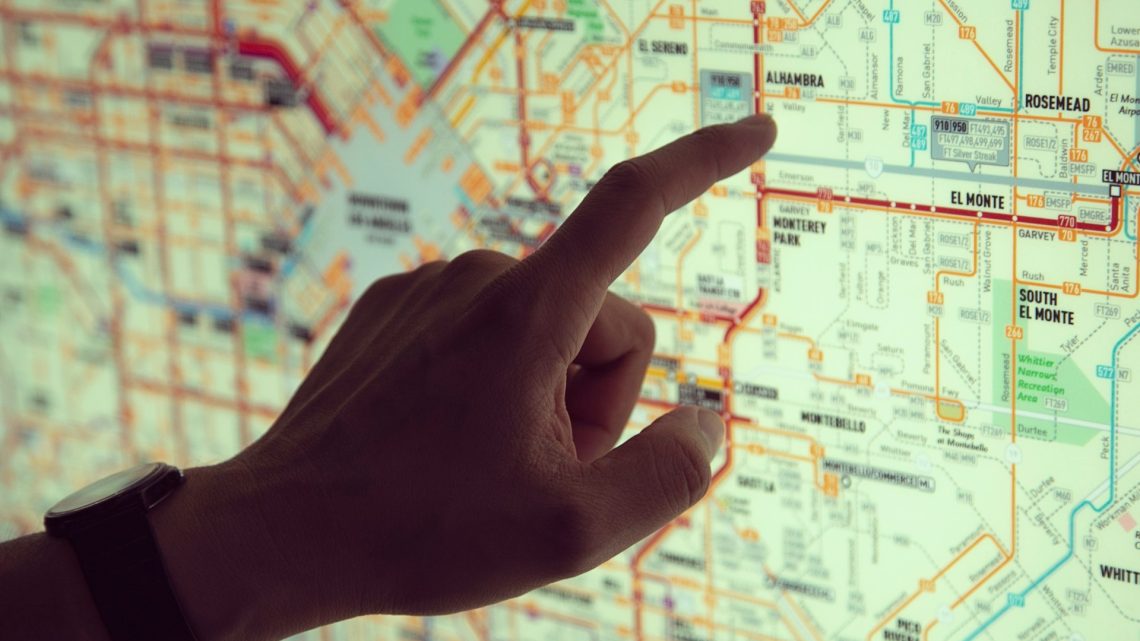Europe Pursues Centimeter-Level GPS Accuracy
30 October 2025A new era of high-precision location technology is emerging in Europe. A strategic partnership aims to build the continent’s largest Global Navigation Satellite System (GNSS) correction network, a critical infrastructure for future technologies. The American company Point One Navigation is teaming up with Orange and its telecommunications tower subsidiary, Totem, to deploy this advanced system across France and Spain. The project involves installing hundreds of correction stations on Totem’s extensive network, which includes 27,300 sites. These stations are designed to detect minute inaccuracies in satellite signals and broadcast immediate corrections to users via Orange’s robust 4G/5G network.
A Strategic Partnership for Uninterrupted Service
Point One is set to install its proprietary equipment on over 500 Totem towers. The structure of this deal is noteworthy: unlike typical revenue-sharing models, Point One will own and manage its stations independently. This strategic choice, agreed upon by all three parties, is intended to guarantee maximum performance and availability. Orange’s role is to provide the essential mobile connectivity, leveraging its 4G/5G network and specialized IoT SIM cards to ensure the rapid and reliable transmission of correction data. Additionally, Orange will actively promote these high-precision solutions to its professional business clients.
The Impact of Ultra-Precise Location
This leap to centimeter-level accuracy is a game-changer for numerous industries frustrated by the limitations of conventional GPS. Key applications include precision agriculture, where farm machinery can optimize every pass to eliminate waste and maximize yield. Construction and civil engineering projects will also gain enhanced exactitude for operating heavy equipment. Furthermore, this technology is vital for the continued development of robotics and autonomous vehicles. Whether operating in warehouses or on public roads, these systems require exact positioning data to ensure maximum safety and efficiency.
From Navigation to Automation in Ag-Tech
The advancements in agriculture extend even to the skies. In Argentina, agricultural aviation is moving beyond simple navigation, adopting sophisticated GPS systems that function as complete flight computers capable of automating applications. The latest AgPilotX systems, imported from the United States by a Brazilian firm, are a prime example. According to Milton Rodrigues Neto, a 25-year veteran in the field, the base system starts at $16,000. It includes an LED light bar, a central data hub, and, notably, an Apple iPad as its display. This system connects all sensors via Bluetooth and uses a 3G connection to overlay real-time satellite images of the field, enabling what Rodrigues Neto calls “safer and higher-quality application.” Pilots can even use the tablet to plan flight paths from home using Google Maps.
GPS Revolutionizes Live Sports Coverage
Beyond industrial and agricultural applications, advanced GPS is also transforming media and live sports. For the first time, the Hawaiki Nui Va’a, a major canoe race in Polynesia, is utilizing real-time GPS tracking. This initiative, driven by Polynésie la 1ère and the Tahitian Va’a Federation, equips canoes with trackers from the company GEORACING. These waterproof units transmit position, speed, and rankings over the 2G/4G network. Critically, when the teams move offshore and lose mobile connectivity, the trackers automatically switch to a satellite signal, guaranteeing uninterrupted coverage. This innovation provides a detailed, live view of the race—a feat previously impossible once the canoes left the lagoon—and has been hailed as a revolution for commentators, coaches, and the public.


